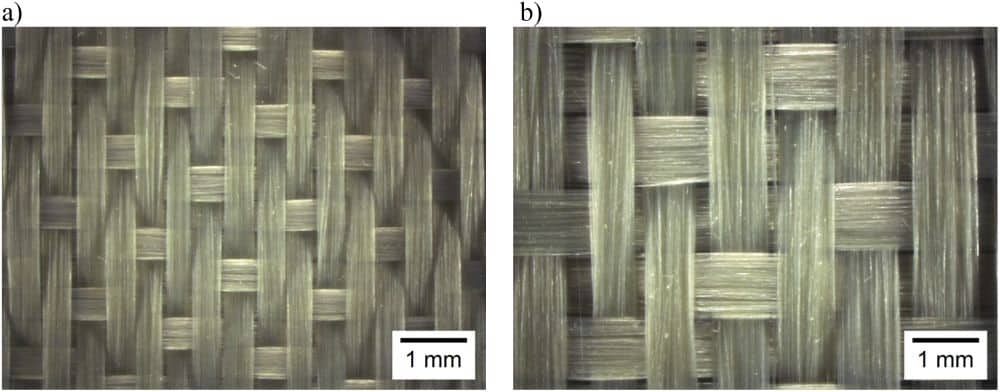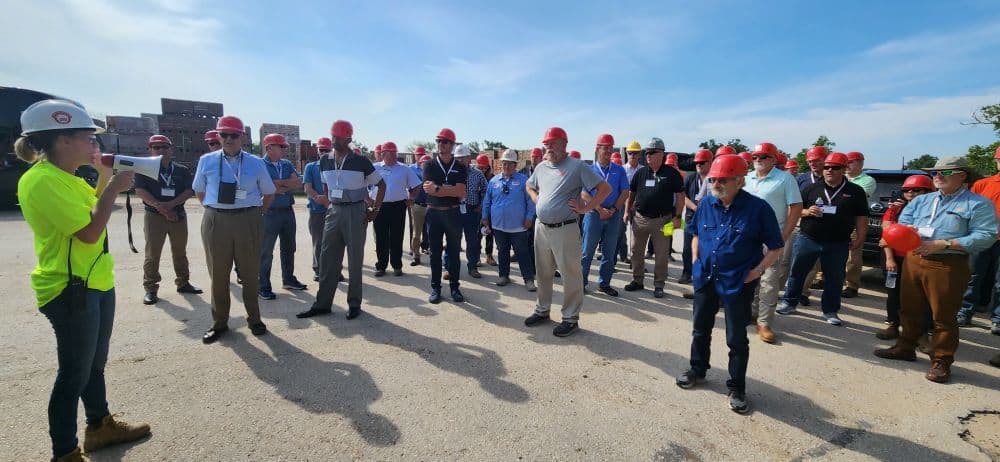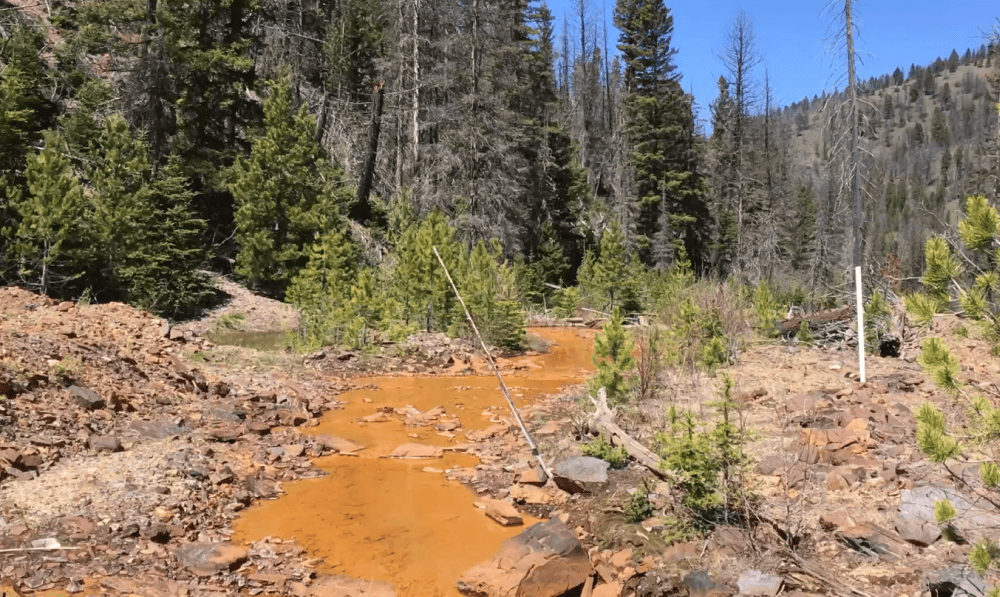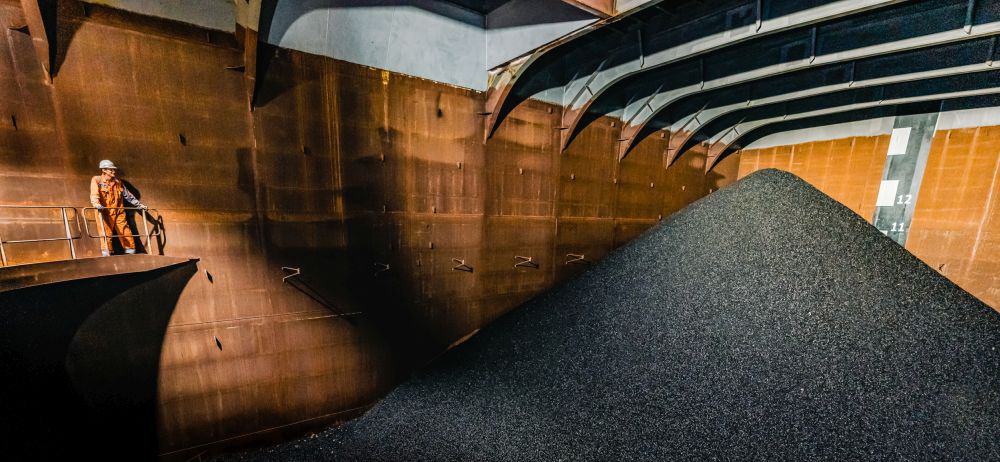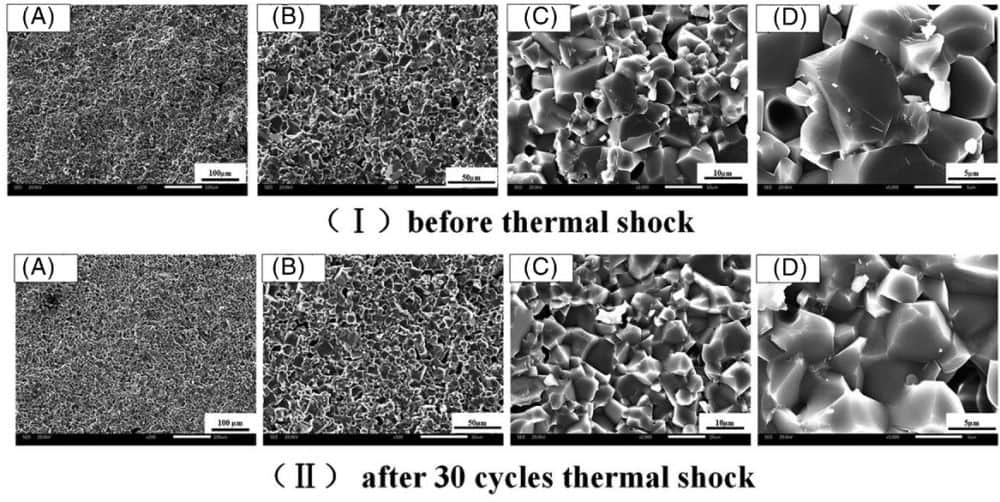Balancing cost and quality is an important consideration for manufacturers and researchers looking to commercialize their innovations. Researchers in Germany explored the tradeoffs that come with creating all-oxide ceramic matrix composites from fiber bundles with higher filament counts.
Read MoreInstead of open-pit mines, tailings may become the primary source of feldspar and quartz in the future if the minerals can be selectively extracted from the waste. Researchers in China showed that hydroxypropyl starch can improve the flotation separation of feldspar and quartz.
Read MoreThe 2023 combined meeting of the ACerS Structural Clay Products Division, ACerS Southwest Section, and Clemson University’s National Brick Research Center took place in Austin, Texas, June 5–7. More than 100 attendees came to enjoy the networking, technical presentations, and plant tours.
Read MoreWith the rapid growth of the global mining sector, it is crucial that miners adopt improved regulations and lower-impact methods to reduce the sector’s environmental and social footprint. Ceramics play an important role in environmental remediation, and today’s CTT highlights two studies that use ceramics to treat acid mine drainage.
Read MoreVerifying the purity of ultrahigh-purity materials can be a challenge. Researchers in Italy and Norway developed a new analytical protocol based on laser ablation paired with inductively coupled plasma mass spectrometry to determine the purity of silicon carbide.
Read MoreStarting materials can often be derived from different sources, but the impact that material source has on a product’s properties is generally less studied than other factors, such as synthesis technique. Researchers from Wuhan University of Technology explored the effect of different magnesium sources on the production of magnesium aluminate spinel.
Read MoreIn January 2023, Swedish state-owned mining company LKAB announced that it had identified more than 1 million tonnes of rare earth oxides near the town of Kiruna in northern Sweden. Though mining this deposit may reduce reliance on China for rare earths, the impacts of a new mine on Kiruna residents and the indigenous Sámi people cannot be overlooked.
Read MoreThe March 2023 issue of the ACerS Bulletin—featuring sustainability in industry—is now available online. Plus—upcoming Bulletin digital evolution.
Read MoreCarbon nano-onions are a newer carbon nanostructure with great potential in application, but synthesizing these materials conventionally requires high temperatures, expensive feedstock, or corrosive environments. Researchers at Nagoya Institute of Technology used a one-step microwave pyrolysis process to turn fish scales into carbon nano-onions with highly crystalline and functionalized structures.
Read More
